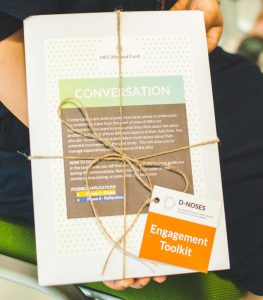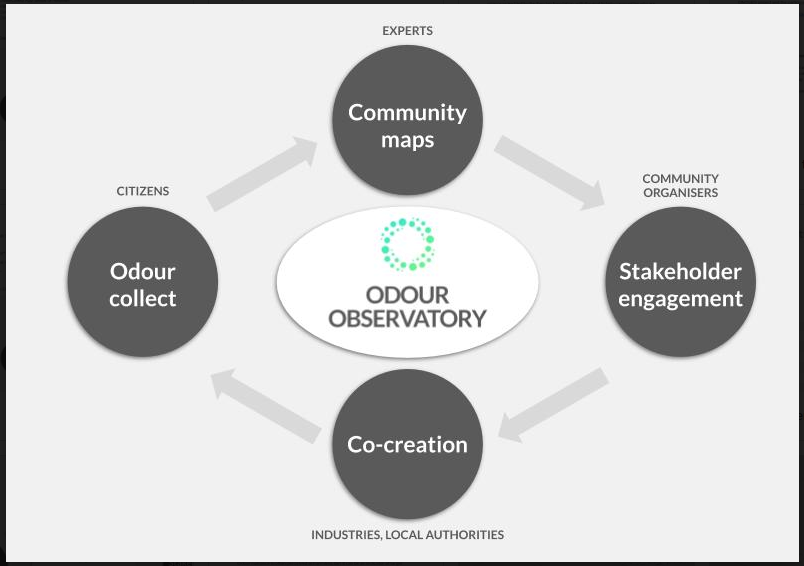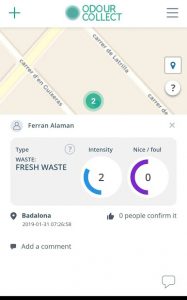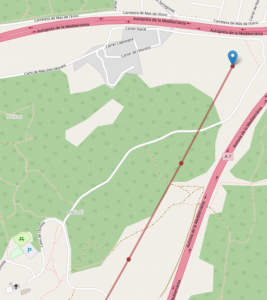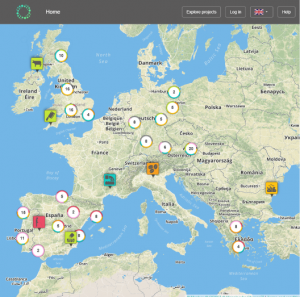Coming soon ...
As you may be aware, the D-NOSES methodology itself is being developed and validated with the help of 10 pilot case studies. Sites at the moment include some in Spain, Portugal, Greece and Bulgaria– with several more in the pipeline. (read more about the pilots). As the pilots progress, so will the understanding of the proposed stakeholder engagement and participatory methods being proposed by our citizen science experts. This will eventually result in the publication of the Toolkits, which will address the stakeholders and how they each may initiate or participate in co-creation efforts to resolve odour pollution issues. Keep an eye out for them in the Odour Observatory, and follow the progress on the D-NOSES website and social media channels (see below).
